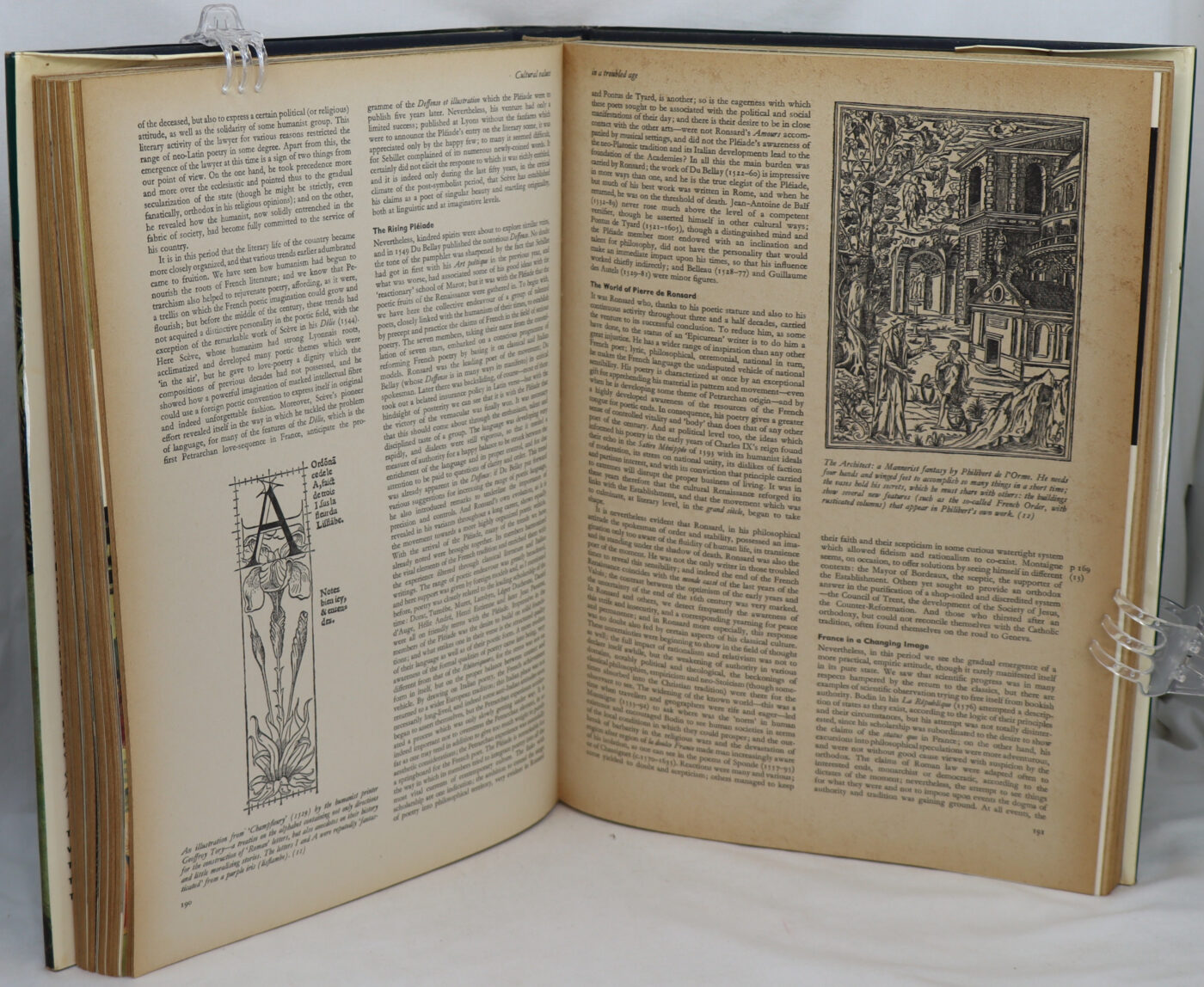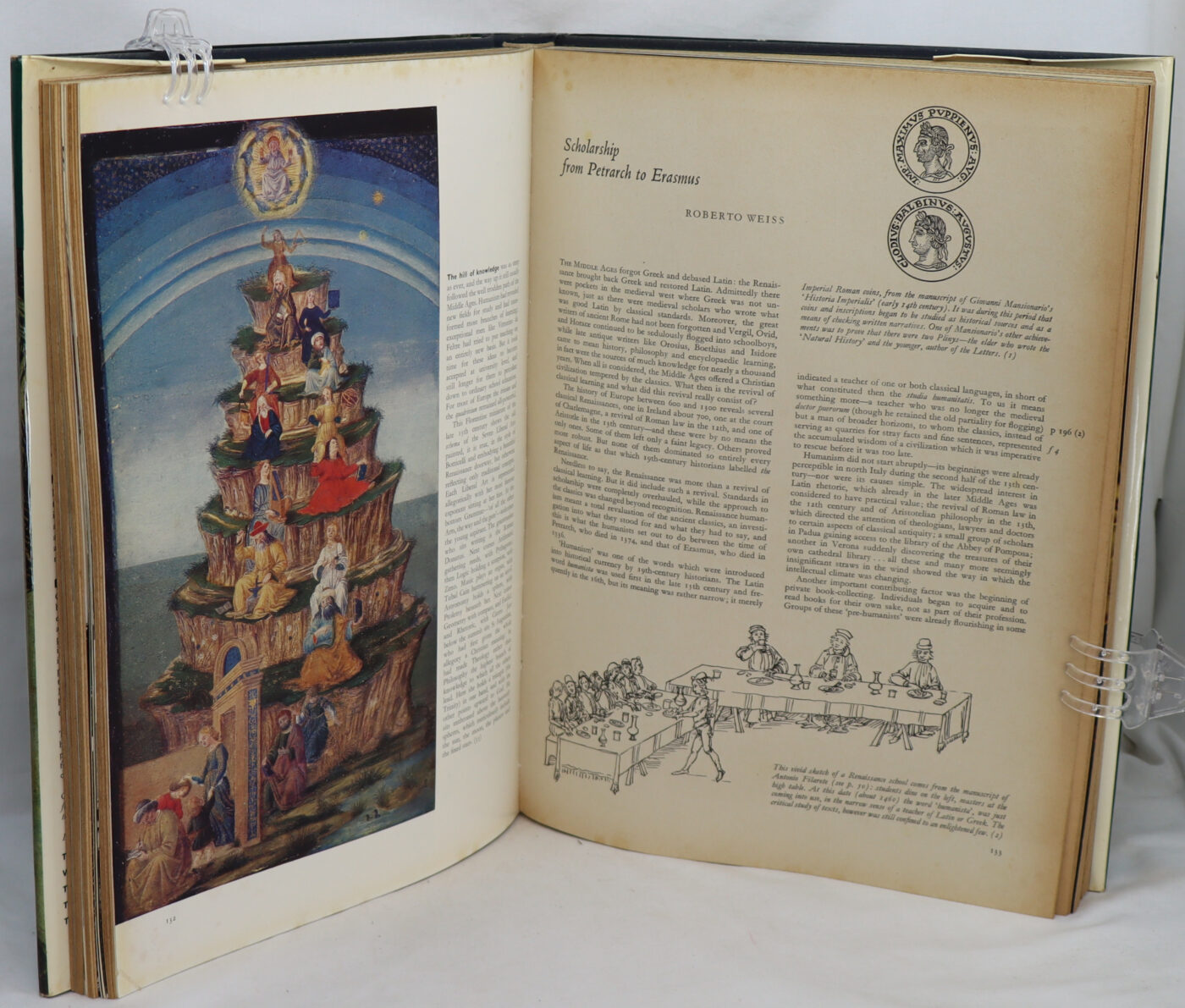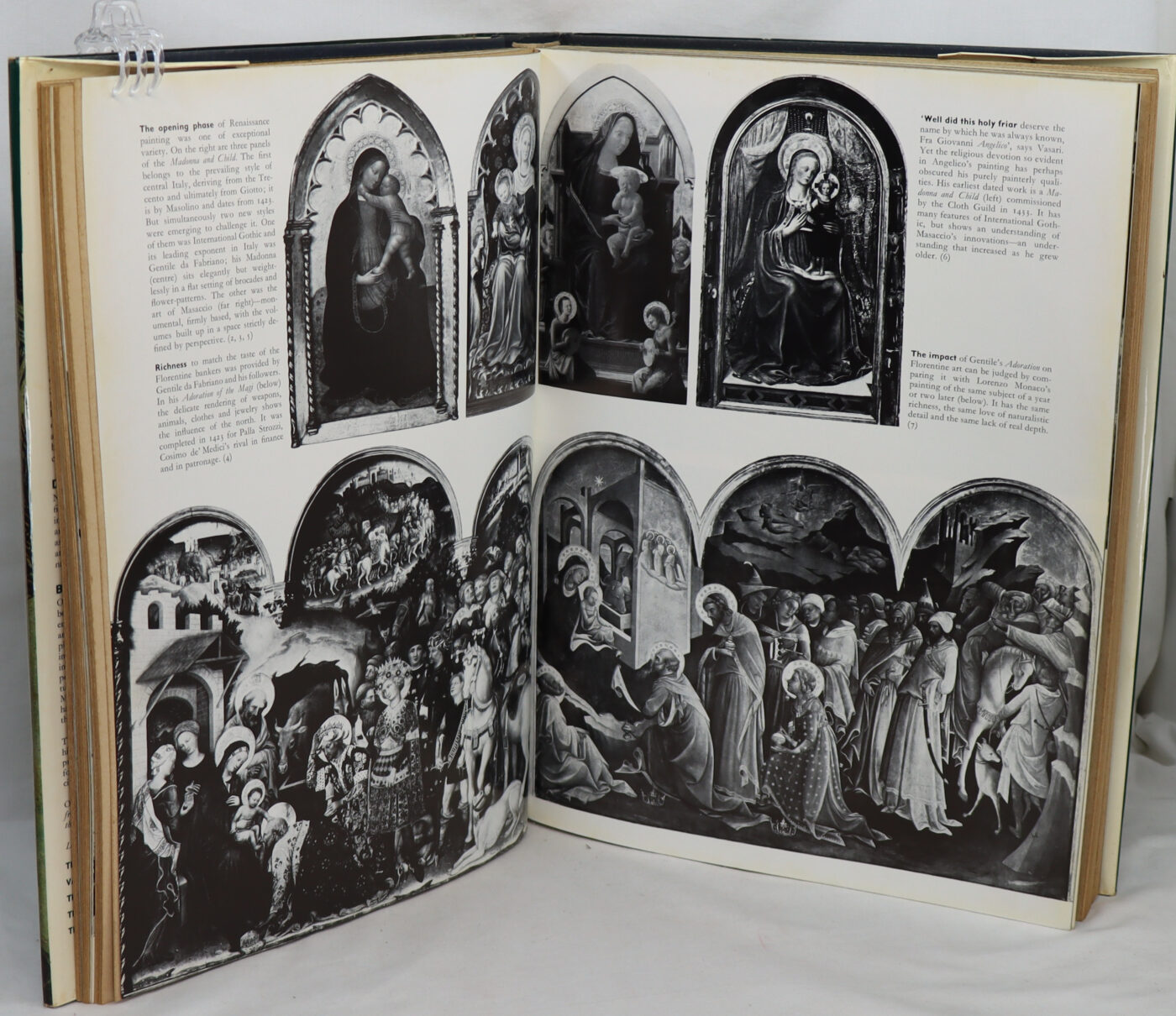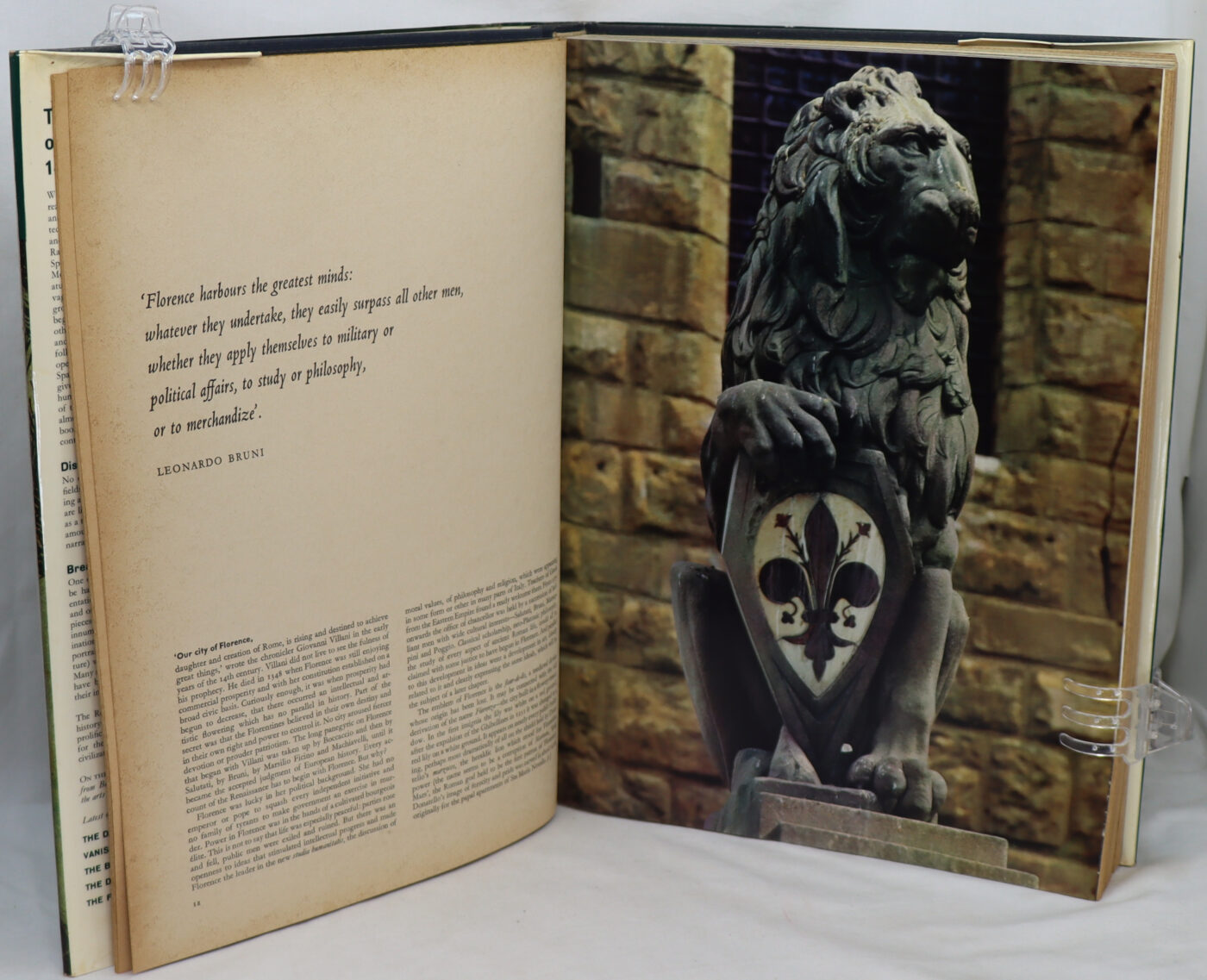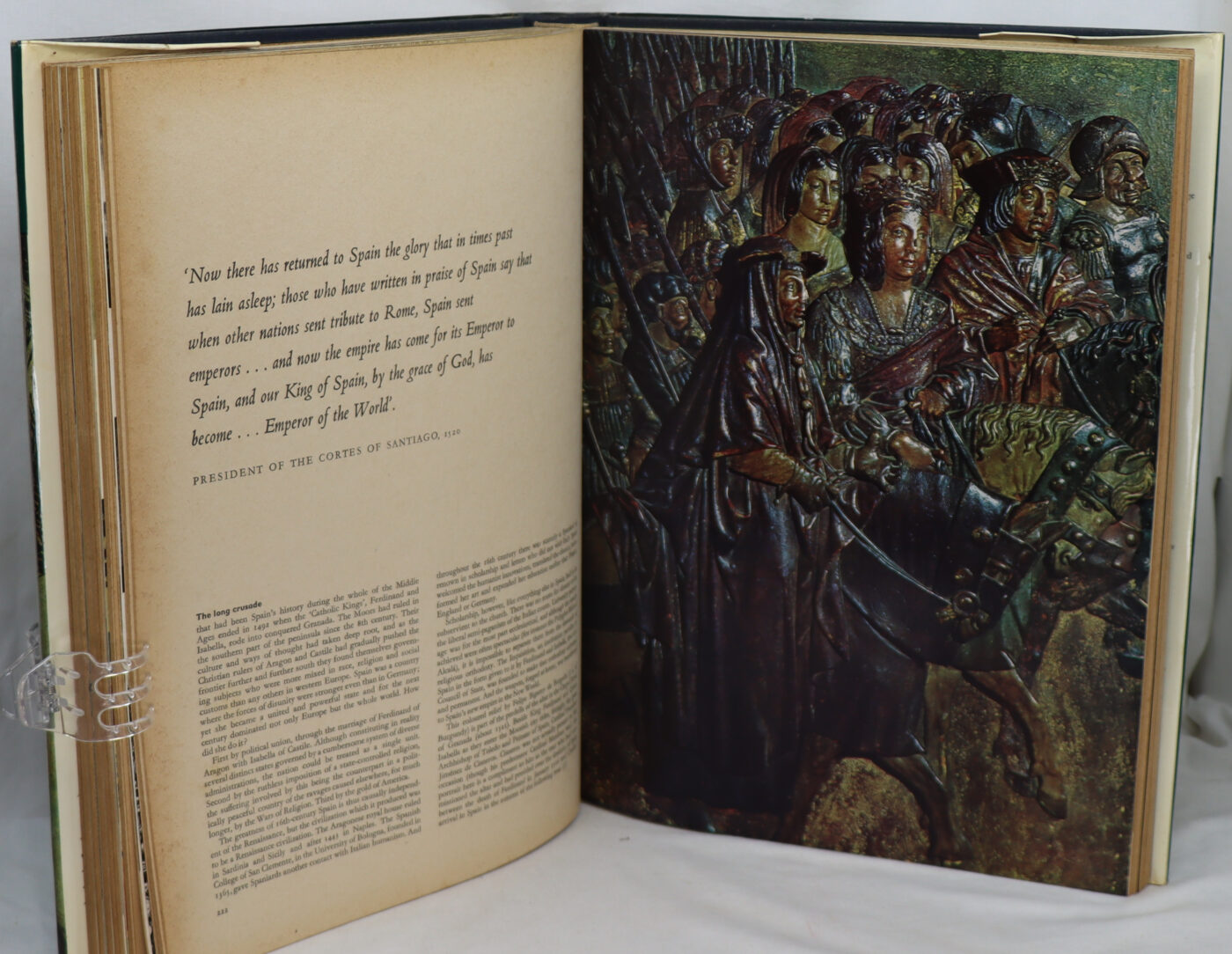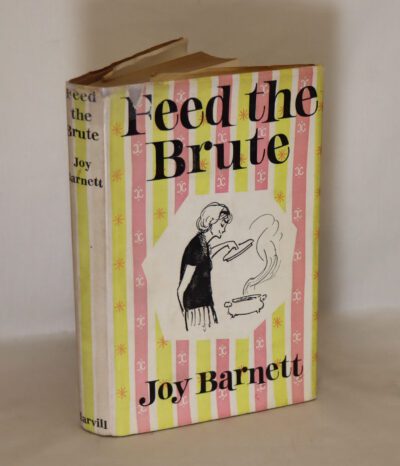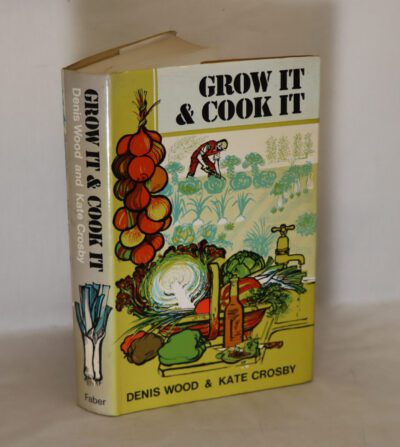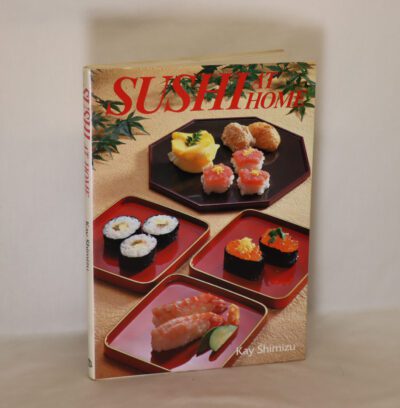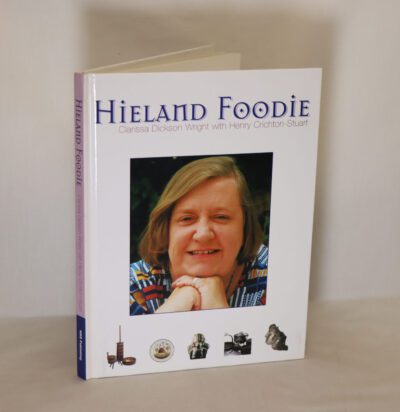The Age of Renaissance.
Printed: 1967
Publisher: Thames & Hudson. London
Edition: First edition
| Dimensions | 27 × 36 × 4 cm |
|---|---|
| Language |
Language: English
Size (cminches): 27 x 36 x 4
Condition: Good (See explanation of ratings)
Your items
Item information
Description
In the original dust cover. Navy cloth binding with gilt title on the spine and front board.
We provide an in-depth photographic presentation of this item to stimulate your feeling and touch. More traditional book descriptions are immediately available
-
Note: This book carries a £5.00 discount to those that subscribe to the F.B.A. mailing list
First edition: Please view the photographs: 359p., 180 colored plates, 420 b/w illus., maps and drawings, dj, large folio format.
The Renaissance is a period of history and a European cultural movement covering the 15th and 16th centuries. It marked the transition from the Middle Ages to modernity and was characterized by an effort to revive and surpass the ideas and achievements of classical antiquity. Associated with great social change in most fields and disciplines, including art, architecture, politics, literature, exploration and science, the Renaissance was first centered in the Republic of Florence, then spread to the rest of Italy and later throughout Europe. The term rinascita (“rebirth”) first appeared in Lives of the Artists (c. 1550) by Giorgio Vasari, while the corresponding French word renaissance was adopted into English as the term for this period during the 1830s.
The Renaissance’s intellectual basis was founded in its version of humanism, derived from the concept of Roman humanitas and the rediscovery of classical Greek philosophy, such as that of Protagoras, who said that “man is the measure of all things”. Although the invention of metal movable type sped the dissemination of ideas from the later 15th century, the changes of the Renaissance were not uniform across Europe: the first traces appear in Italy as early as the late 13th century, in particular with the writings of Dante and the paintings of Giotto.
As a cultural movement, the Renaissance encompassed innovative flowering of literary Latin and an explosion of vernacular literatures, beginning with the 14th-century resurgence of learning based on classical sources, which contemporaries credited to Petrarch; the development of linear perspective and other techniques of rendering a more natural reality in painting; and gradual but widespread educational reform. It saw myriad artistic developments and contributions from such polymaths as Leonardo da Vinci and Michelangelo, who inspired the term “Renaissance man”.In politics, the Renaissance contributed to the development of the customs and conventions of diplomacy, and in science to an increased reliance on observation and inductive reasoning. The period also saw revolutions in other intellectual and social scientific pursuits, as well as the introduction of modern banking and the field of accounting.
Want to know more about this item?

Share this Page with a friend

